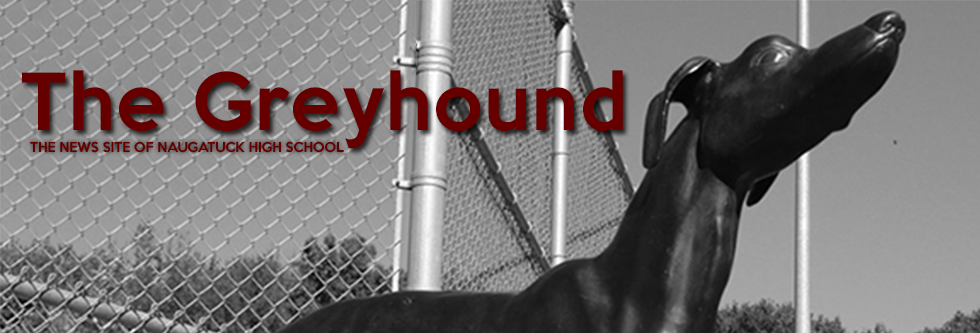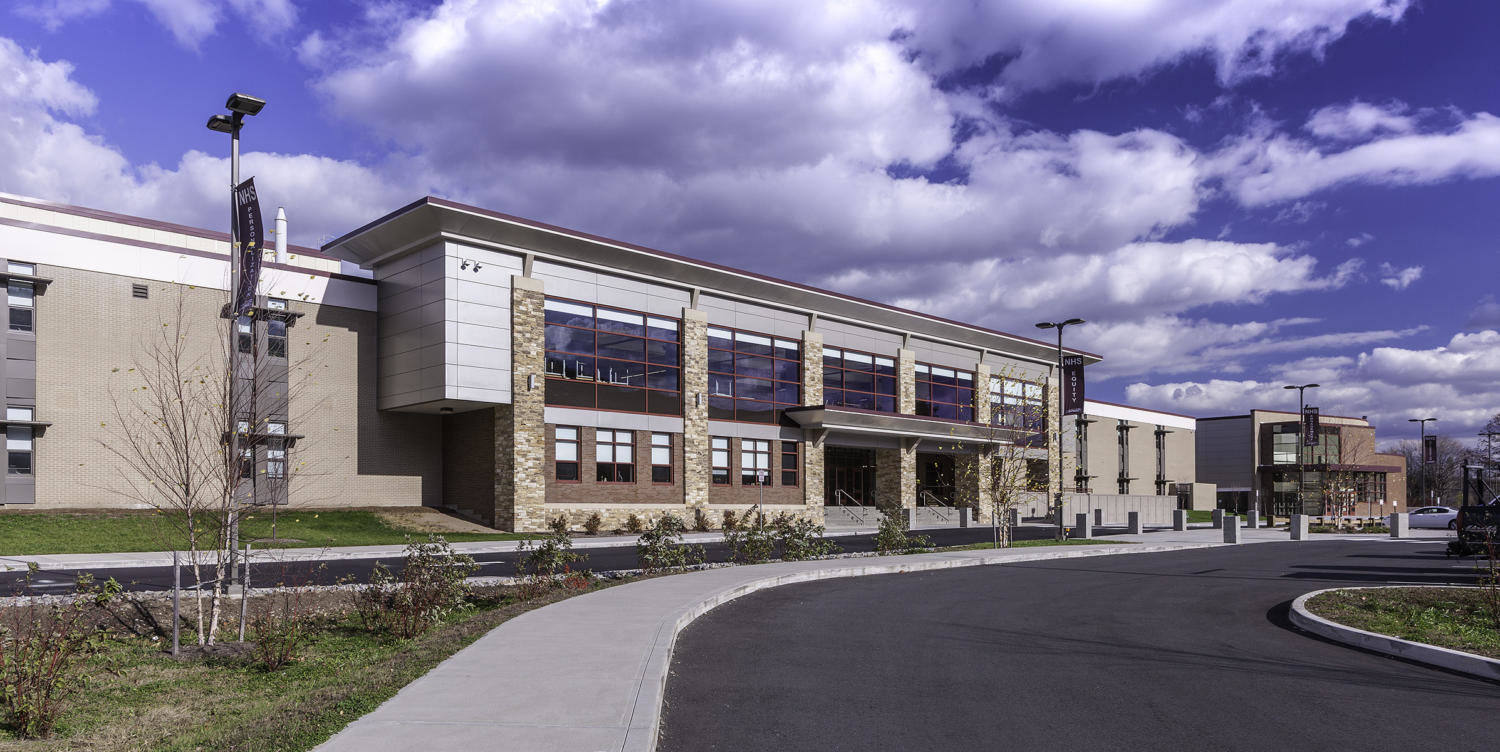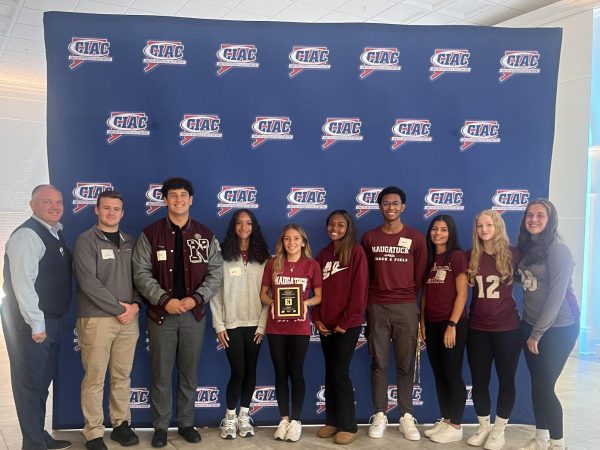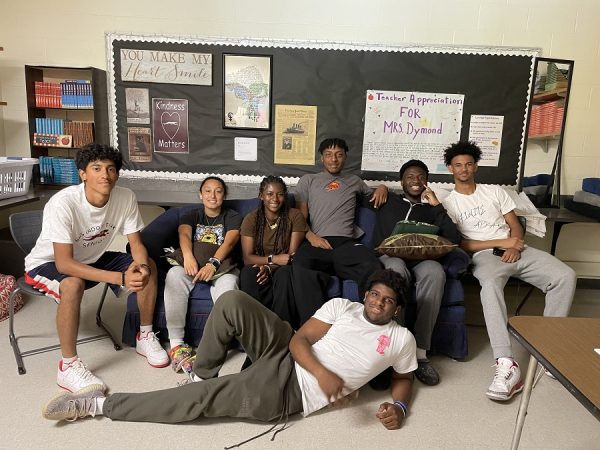Code Black drill can be used as a learning experience
April 26th, 2017, Naugatuck High School had planned to have their annual Code Black lockdown drill– until what was meant to be a drill turned into reality.
The drill was scheduled to happen at 10:40 AM; however, the indicator to signal the drill was whistled more than half an hour early at 10:05 AM. This led to a premature call for a Code Black that the Naugatuck Police Department treated as an actual incident.
While still fully unaware of the situation, teachers had to make the quick decision to either protect in place or evacuate appropriately for the safety of the students under their supervision.
Expecting a drill, the overall response to the automated emergency message was nothing more than casual, until information from the control center was inadvertently broadcasted over the school’s intercom.
“This is not a drill,” was quietly heard from a distance as students sat in silence and listened with skepticism.
Still convinced this was part of the planned procedure, critical action was not taken until new information was released about an intruder being in the childcare wing of the building.
As a result of the confusion between the entire Naugatuck High School community, the distribution of new information to teachers and students from administration was, to many, at a minimal– and this almost uncontrollable fact created a chilling casualness in students involved in the situation.
One student, Amber Torres, describes her own and other students’ reactions when being ambushed by police in the childcare classroom.
“I was by the closet door that leads to the classroom, so when the cop came in I had a gun near my face. Then he moved it up to aim at other students in the closet. He told us to put our hands behind our heads and that it wasn’t a drill but even then I just thought that he was a good actor. He then had us quickly leave the closet and told us to go out the exit by the ROTC room. A lot of the students were giggling as they ran.”
Some students, however, handled the information more seriously, purely out of fear and uncertainty about what was really happening.
Kathleen Dowling was in one of the choir practice rooms. The child care room is located in the same hallway.
“We made a lot of jokes, but I think it was honestly because we were pretty scared. As soon as we heard the noise coming from childcare, though, all of the jokes came to a halt and we just stared at each other in silence.”
“I think back on it and I just feel glad that it’s over. It was a scary experience,” she reflected.
The drill, for students, was the epitome of confusion as many took to outside communication, such as snapchat, instagram and other texting apps.
What added to the calm anxiety that covered the student body in the high school was the sharing of videos of students being evacuated by bus on social media platforms. Posts were shared by students who evacuated to the garage across the street which is a location that is used only when an active shooter is said to be in the building.
Though the state of the student body and staff during the practice drill can be looked upon as excusable by some, how can key players assume that circumstances will be any different in the event of an authentic intrusion, which is what students, staff, and family members in general should take into consideration in 2017.
Another student, Arshil Chowdhury recounted events from his point of view. “I remember thinking that this wasn’t going according to plan, so maybe there might have been something going on that wasn’t expected beforehand.” Chowdhury was located downstairs in the North wing of the building.
“In terms of the Naugatuck High School student body, I can’t say for certain that everyone acted how they should have… when an officer comes up to you with a loaded weapon, tells you to put your hands up, most students couldn’t grasp the concept that it was for your own safety to make sure that you weren’t the one carrying a weapon.”
, “I think with everything going on we have been desensitized to the idea of school shootings… it could either increase the way we handle things in terms of safety and discipline or it could just end up being another joke and no one would take it seriously,” Chowdhury responded when asked about future drills.
An element of discomfort will always exist in such situations. Connecticut is the state of Sandy Hook, after all.
Michael Dorn, executive director of school safety consulting firm Safe Havens International explains that graphic active shooter drill language and practice “create a great deal of anxiety, a great deal of fear, and lowers people’s ability to make good decisions.”
Raising kids with the practice of extremely slim school shooting possibilities may begin to cause lasting trauma that we may not be aware of.
The fact that we have to bring light to these situations in 2017 is scary enough, and if we begin to over-prepare ourselves for such an unpredictable outcome we may only ruin our chances for survival in the real event.
One student, whose injuries were unknown, was taken from the scene by ambulance. That is, an ambulance thought to be just another prop contributing to the realness factor of a fake drill.
A drill can be held and provide appropriate training of procedures without the unnecessary trauma some schools may be causing.
Using the events that happened April 26, Michael Dorn’s opinion on school shooter drills isn’t without reason.
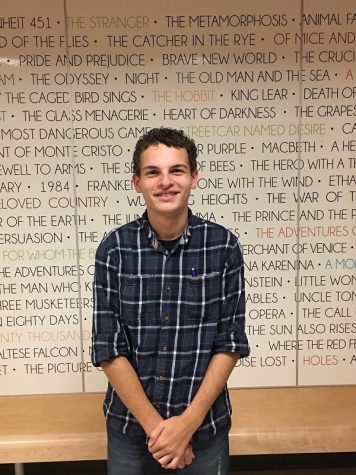
I am Senior at Naugy High. I am looking to pursue a carer in journalism. Politics are my favorite.
